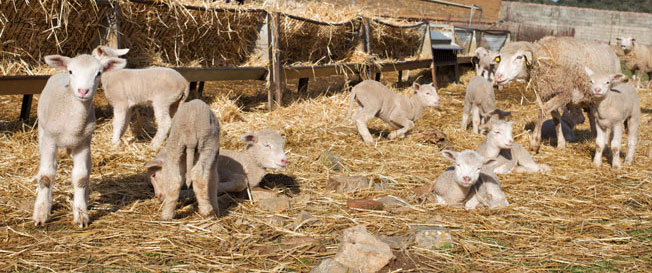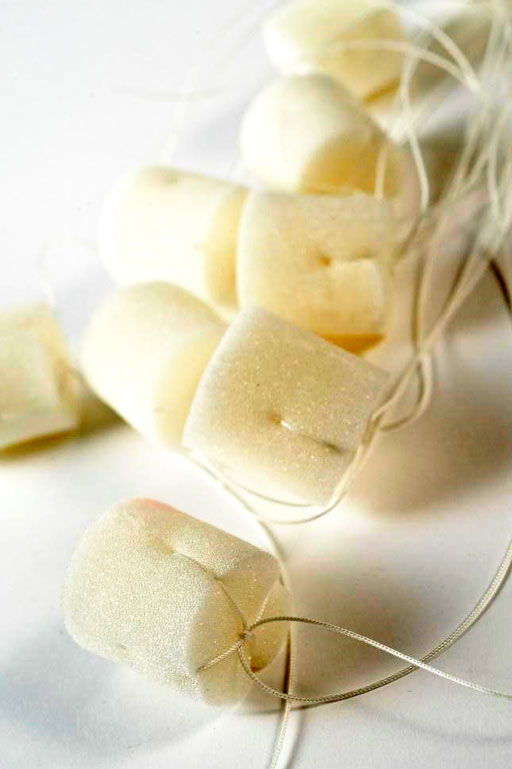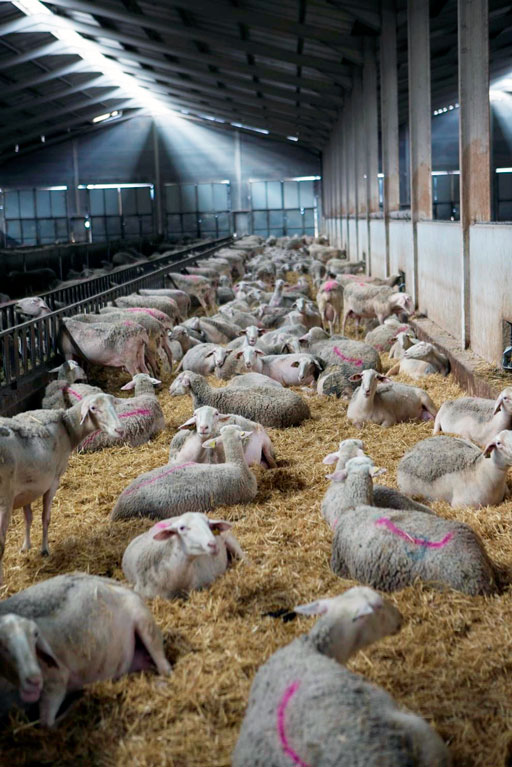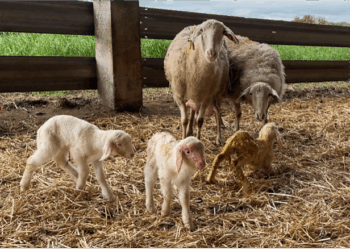THE “PROBLEM”…
Photoperiod controls the reproductive cycle of small ruminants. In terms of reproduction, we are talking about unfavourable time for tupping (anoestrous) when daylight hours increase and favourable when they decrease.
This will result in reproductive seasonality that may be more or less marked depending on multiple factors such as breed, latitude (increases with greater distance from the equator), age…
“For non-extensive systems, having several evenly divided deliveries over the year, is crucial for maximising cost-effectiveness”
Such seasonality will produce the concentration of births in a given time of the year (when more food is in the field), and can last from 7 or 8 months to just 2 or 3 depending on the geographic area.

The concentration of all births in a few months, especially for intensive or semi-intensive systems, involves not being able to reduce the unproductive period of the animals, which is key to the profitability of any farm.

…THE SOLUTION
For decades, people have worked on deseasonalising sheep and goats around the world, to thus increase reproductive efficacy.
“Intravaginal sponges and PMSG are commonly used for the timing of favourable and unfavourable oestrus”
To do that, today, we have hormones:
● Progestogen (intravaginal sponges and other devices) + PMSG
● Melatonin (implants)
● Prostaglandins
in addition to the phenomenon of the male effect, the flushing technique and use of artificial light.

This allows us to have reproductive control of our flock, thus breaking the reproductive seasonality of small ruminants.
Though we must always bear in mind that having unfavourable time births has an economic cost and entails extra time and effort for the worker.
AND THE OPPORTUNITY?
Despite the cost mentioned above, “breaking” this seasonality in sheep and goats is considered vital to maximise the cost-effectiveness of many farms.

This is why the above-mentioned cost would become an investment and the problem with seasonality would become an interesting economic opportunity for the breeder, based on 3 main points:
● OFFER/DEMAND

● WORKLOAD

● SMALLER LOSSES

CONCLUSION
Each farm should always undergo a thorough study and based on its goals and available resources, a decision should be made as to whether deseasonalising is an investment that will help us achieve the targeted goals.
Article written by:
Pablo Núñez Ulibarri. Corporate Product Manager Small Ruminants Unit – HIPRA.




